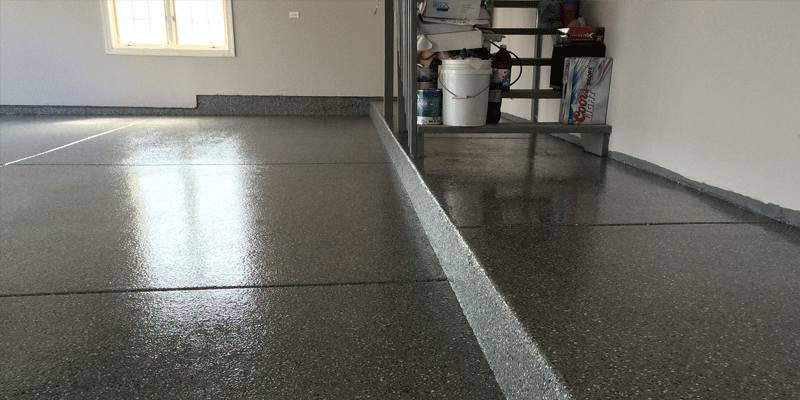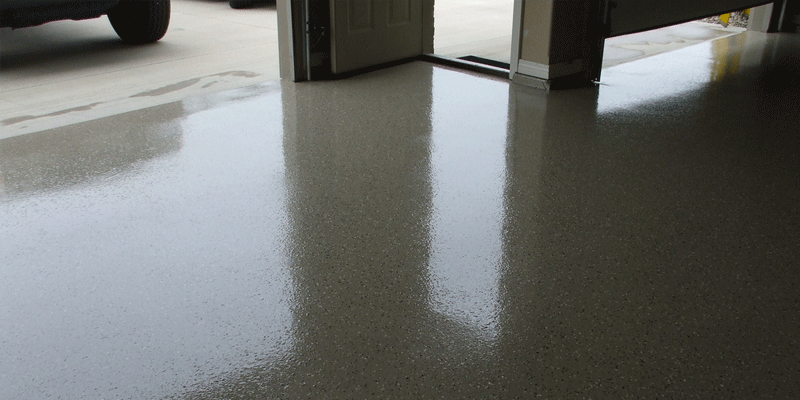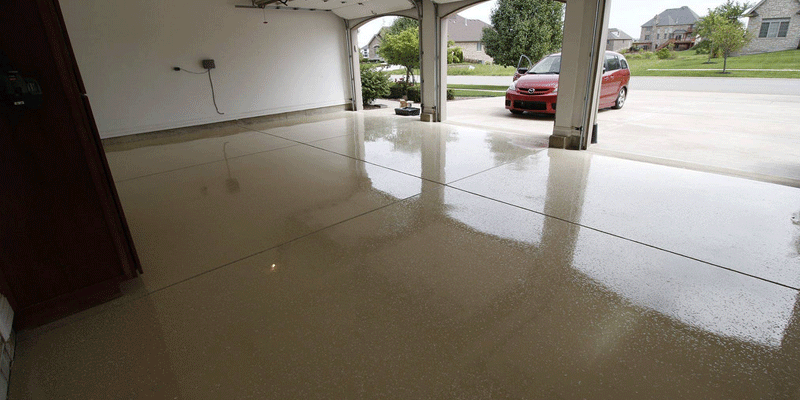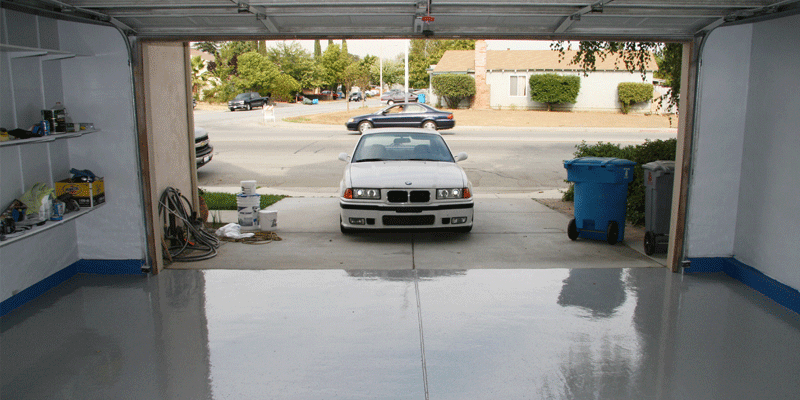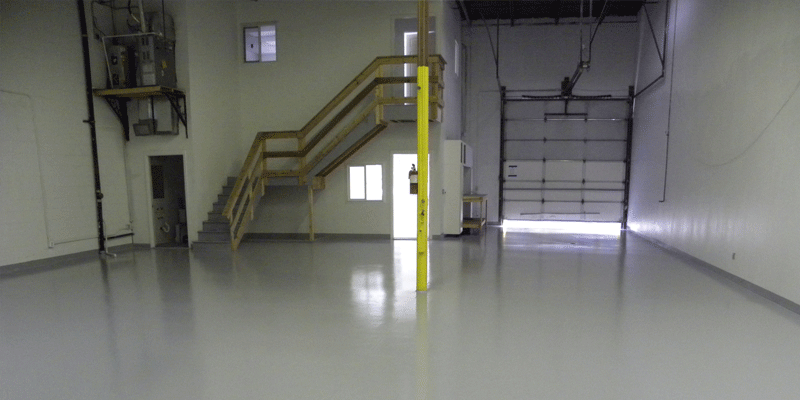How Epoxy Can Transform Your Basement
What Exactly is an Epoxy Floor?
Epoxy combines polyurethane resin and other compounds that produce a tough, relatively clear coating. These coatings are available in kits for DIY projects, or you can hire professionals to help with the process. If you’re interested in learning how to do it on your own, you need to start with the proper preparation.
Clean and Prep Properly
You should start by removing all existing flooring from the area where you plan to put down epoxy coating – this includes things like tile or linoleum, but it could also include carpet if that’s what is currently in place. You will then need to clean the concrete well so there is no dirt, debris, or loose material left behind before application [because] an unclean surface can compromise the final result of your project.
Although an occasional bubble or crack might not be a major problem when using a solid color epoxy floor coating, you’ll want to avoid any problems with overflow of paint
Types of Basement Epoxy Flooring
Before beginning your project, decide whether you want an epoxy floor that’s designed specifically for basements or one that’s made with concrete in mind. The latter tend to be more expensive but are usually easier to install because they aren’t as slippery as basement-specific strategies. Some floors come pre-mixed, while others require additional components like hardeners.
Once everything has been combined, the floor should dry within 24 hours. However, you should keep people and pets off of it for at least a week.
As with any project that involves remodeling something in your home, plan ahead so the flooring will match the rest of your house inside and out. This typically means choosing an epoxy covering with the same sheen as other types of flooring in your home to achieve continuity. Still, there are more options available than this if you choose to go another direction.
For example, stainless steel-looking floors are great for basements because they mimic what happens when light hits water after it falls through a grate on the floor above – although these often look best against darker walls or cabinets. Other popular styles include wood grain, marble, sandstone, and granite lines.
Typically, one coat will do, but it’s also possible to apply two coats for a thicker appearance.
When the entire floor has dried, you can seal it with an acrylic or water-based protector that works by penetrating into the material. This will prevent staining and make it easy to wipe up any spills that might occur in the future.
Benefits of a Basement Epoxy Floor
One of the biggest benefits of using an epoxy flooring system is that it’s easy to clean and maintain. You can leave muddy or wet shoes by the door [for foot traffic] because [it will remain protected from scratching, typically with a finish.
Other benefits include:
- A basement requires no extra heating or cooling, so you won’t need to worry about this coating causing fluctuations in your utility bill.
- Because they are relatively fireproof, epoxy floors can help keep basements safer by minimizing the risk of fire damage. This goes for pets as well; if they’re not allowed on the new flooring, the chances are slim that they’ll ever get burned or singed while down there alone.
- With waterproof epoxy floors, you can store anything that’s water-friendly in your basement without worrying about mold, mildew, or other damage – this includes things like bicycles, garden supplies, and even wooden furniture.
Epoxy flooring is not perfect for everyone, however. If you have allergies to chemicals or are concerned about the appearance of the coating once it’s applied, there are other options on the market to consider.
However, suppose you’re looking for a versatile solution that offers an easy way to make any room more attractive while also increasing its safety and efficiency. In that case, you can follow these steps to get started transforming your own basement with epoxy flooring.
Types of Basement Epoxy:
There are several types of decorative epoxy available that can transform a basement, depending on use and budget:
- One is a stand-alone epoxy floor coating with the added benefit of sound dampening. This can help to increase privacy and decrease noise levels when you’re in your home theater room or another area where discretion is key.
- Another option is an epoxy that comes pre-mixed with a hardener – this makes installation easy because it eliminates the need to purchase additional items like stirrers and gloves while also making the process more consistent, so you don’t have to worry about measuring any liquids.
- The third type of basement epoxy system isn’t technically an epoxy at all but rather a textured polymer, which coats the material with smatterings of glitter for a mesmerizing appearance.
- Finally, you can also buy a two-part epoxy system that provides a smooth finish and will hold up well during high foot traffic from pets or kids in the home.
You can also get:
- Flake Epoxy Flooring: When you choose a flake epoxy, it will be available in either metallic or matte colors and with different speckling.
- Translucent Epoxy: With translucent epoxy flooring, the material underneath is visible but brighter than what you might see with other styles that tend to create more of a solid color after drying.
- Glow in the Dark Epoxy Flooring: This type of epoxy is not only highly reflective but can also glow in the dark when light hits it just right – this makes it great for basements, so people don’t trip on the stairs when their vision isn’t completely adjusted yet.
- Metallic Epoxy: This epoxy type is generally available in gold, silver, bronze, and copper, with clear or iridescent finishes.
Conclusion
Although you might need to work with a contractor or flooring specialist during installation, using epoxy for your basement can be a great way to increase safety and convenience while also creating a more aesthetically-pleasing environment. With so many different materials available, you should have little trouble finding a solution that suits your budget and needs.

